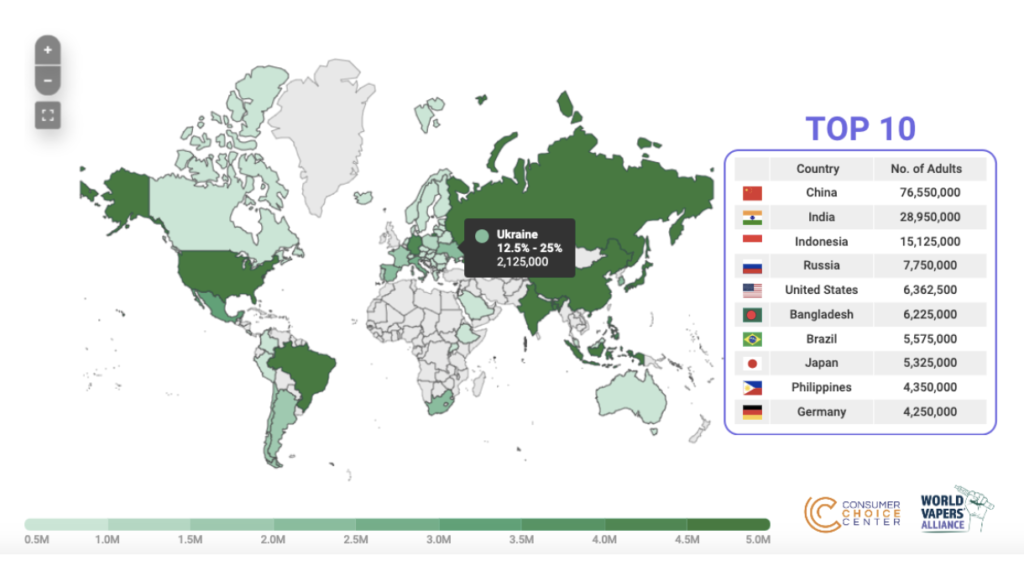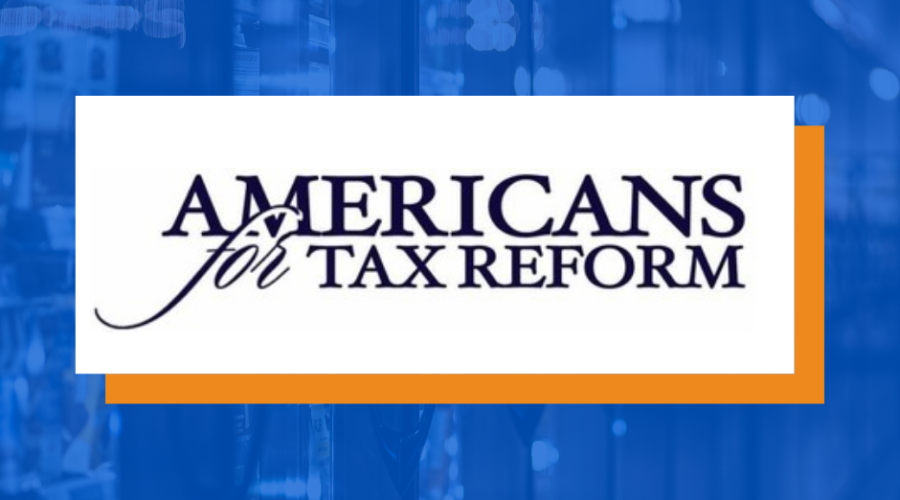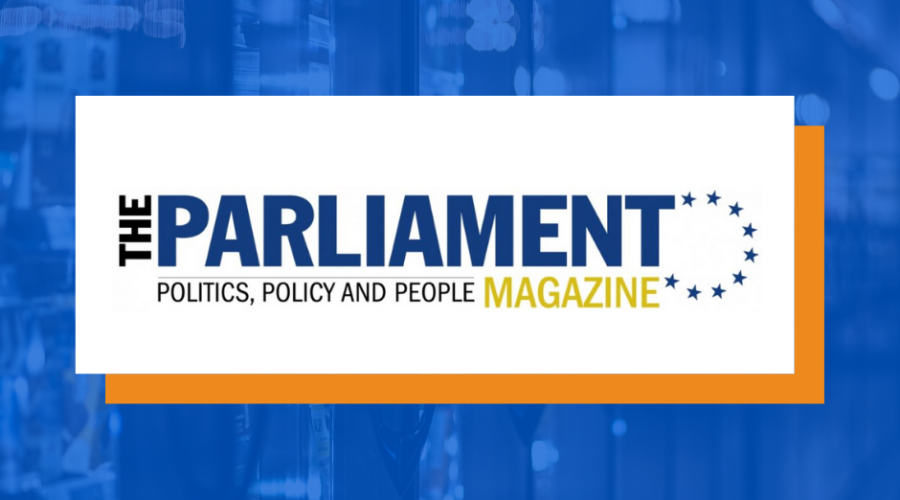Назад в прошлое. Как антитабачные меры вынуждают курильщиков возвращаться к сигаретам
Мировая система здравоохранения продолжает вкладывать силы и средства в борьбу с курением. В Украине антитабачные организации тоже не дремлют, зарегистрировав целый ряд законопроектов, призванных бороться с пагубной привычкой миллионов украинцев. РБК-Украина разбиралось, что собой представляют антитабачные инициативы и почему, по мнению экспертов, они могут привести не к снижению уровня потребления сигарет, а к его повышению.
Что хотят запретить
За последние несколько месяцев в парламенте был зарегистрирован целый ряд законопроектов, призванных способствовать борьбе с курением.
Основные из них – повышение акцизов на электронные сигареты и ТИЭНы (табакосодержащие изделия для электрического нагревания), а также внедрение новых ограничений на эти изделия (№4212).
При этом параллельно законодатели рассматривают в профильном комитете комплексный законопроект “Об охране населения от вредного влияния табака” (№4358) и отдельно взятый законопроект об изменениях в закон “О рекламе”, содержащий похожие нормы.
Одним из самых спорных является законопроект №4358. Как рассказывают авторы документа, его целью является – уменьшение распространенности курения среди детей и молодежи.
“Мы знаем, что 90% всех курильщиков начинают курить в возрасте до 18 лет. Именно поэтому этот проект предполагает увеличение медицинских предупреждений, чтобы были большие реалистичные изображения болезней”, – заявила директор общественной организации “Життя” Лидия Олифер, активно выступающая за принятие законопроекта.
Однако, проект закона уже в третий раз дорабатывается профильным комитетом и за год пока так и не был вынесен на рассмотрение парламента.
Борьба с курением или создание новой проблемы
Депутаты, продвигающие эти идеи, зачастую действуют под влиянием антитабачных организаций. С одной стороны, никто не станет отрицать, что борьба с курением важна. Однако даже на международной арене заговорили о том, что фокус на антитабачных инициативах даже ВОЗ мешает бороться с пандемией.
“ВОЗ сбилась с дороги. Вместо того, чтобы организовывать работу по улучшению оборудования для больниц, подготовки врачей и всей системы здравоохранения к возможным новым эпидемиям, “глубокие карманы” Блумберга (Майкл Блумберг финансирует множество неправительственных организаций, направленных, в том числе, на борьбу с курением, – ред.) превратили ВОЗ в глобального полицейского для развивающихся стран”, – заявил заместитель директора Consumer Choice Center (глобальной группы защиты прав потребителей) Йель Островский.
Но главная проблема “антитабачных” инициатив даже не в том, что они отвлекают народных депутатов от более актуальных вопросов. Главная проблема в том, что под эгидой борьбы с курением зачастую продвигается как раз стимулирование бывших курильщиков возвращаться к обычным сигаретам, считают эксперты.
Так, все новые антитабачные инициативы направлены на полное уравнивание регулирования инновационных никотиносодержащих продуктов – электронных сигарет и табака для нагревания – с сигаретами.
Основными потребителями этих продуктов, по данным исследований группы “Рейтинг“, являются бывшие курильщики обычных сигарет. Их переход на менее вредные альтернативы – большой прогресс с точки зрения общественного здоровья, полагает американская FDA.
Дело в том, что у 80% людей склонность к курению определена генетически, говорит Марина Долженко, заслуженный врач Украины, кардиолог высшей категории.
“Да, врачи советуют своим пациентам бросить курить: есть психологическая поддержка, никотинозаместительная терапия. Но, к сожалению, очень часто эти методы неэффективны. И тогда возникает вопрос в доступности альтернативных способов, продуктов с модифицированным риском”, – добавляет эксперт.
Новые ограничения во многом лишат курильщиков стимула переходить на эти менее вредные альтернативы. Ведь после повышения акциза на ТИЭН пачка стиков будет стоить в полтора раза дороже, чем пачка сигарет – что лишает курильщиков финансовой мотивации. А в случае, если парламент примет запрет на продвижение этих товаров, курильщики даже не узнают, что такая альтернатива существует.
Опыт других стран
В передовых странах законодатели идут обратным путем: создают для курильщиков, отказывающихся бросать вредную привычку, стимулы хотя бы перейти на менее вредную альтернативу. Речь идет как о налогообложении, так и о регулировании: и то и другое должно быть пропорционально причиняемому вреду.
“С точки зрения и экономистов, и экспертов в области общественного здравоохранения имеет смысл облагать товары налогом в соответствии с уровнем вреда, который они наносят: налог на классические табачные изделия (сигареты, сигариллы и т.д.) должен быть гораздо более высоким, чем на менее вредные ТИЭН и электронные сигареты. Это будет стимулировать тех курильщиков, которые не могут или не хотят отказаться от никотина, переходить на менее вредные продукты”, – отмечает экс-глава налоговой и таможенной службы Великобритании и консультант Всемирной таможенной организации Лиз Аллен.
В целом же эксперты убеждены, что такой подход приводит к значительному сокращению количества курильщиков. Из-за систем нагревания табака продажи сигарет в Японии упали в 5 раз, а немецкие парламентарии предложили на европейском уровне внедрить разумное регулирование новых табачных товаров – набирающих популярность электронных сигарет и систем нагревания табака. Чтобы, с одной стороны, эти товары не вовлекали в потребление табака подростков, но, с другой стороны, помогали снизить уровень потребления наиболее опасных для здоровья табачных изделий – обычных сигарет.
В Великобритании стимулирование перехода от сигарет к электронным альтернативам является частью политики в области здравоохранения. Из 9 млн курильщиков – треть перешла на бездымные продукты, впоследствии половина вообще бросила курить. Так, в стране количество курильщиков за 5 лет сократилось до исторического минимума – 14,7%. Параллельно снизились заболеваемость и расходы государства на лечение.
Чем обернется для Украины
Эксперты неправительственной организации Taxpayers Protection Alliance раскритиковали ошибочную политику Украины, которая заключается в том, чтобы приравнять наиболее опасные традиционные сигареты, где используется процесс горения, и потенциально менее опасные табачные изделия для электрического нагрева.
По мнению политического аналитика организации Линдси Страуд, политика Украины противоречит недавним рекомендациям государственного Управления по безопасности пищевых и фармацевтических товаров США (US Food and Drug Administration).
“Украина сделала прямо противоположное. И это при том, что уже есть подтверждение, что ТИЭНы уже имели значительное влияние (даже больше, чем акцизы) на снижение курения в Украине. Анализ роста акциза на сигареты в 2018-19 гг. показал, что продажа сигарет уменьшилась на 33%, но государственные доходы от табачного акциза благодаря ТИЭНам выросли в Украине на 10%”, – говорит Линдси Страуд.
В сложившейся ситуации эксперты прогнозируют рост незаконного рынка контрабандной продукции в Украину. Более того, контрабандные ТИЭНы уже распространены в Украине.
“Небольшой магазин в Белой Церкви, в 90 км от Киева, предлагает на продажу ПВТ с английскими предупреждениями о влиянии на здоровье. А китайские ТИЭНы с надписью “Только для продажи в режиме беспошлинной торговли” активно продаются на востоке Украины – от киосков в Запорожье до пивных магазинов в Никополе”, – сообщают в организации.
Таким образом, украинские законодатели под эгидой ограничения доступа курильщиков к информации о менее вредных альтернативах, сознательно или нет, создают благоприятную среду для возвращения к более дешевым, но гораздо более опасным сигаретам.
“Если украинские государственные учреждения здравоохранения заинтересованы в будущем без курения, они должны учесть потенциал товаров для снижения вреда табака. Верховная рада должна прислушиваться к науке и здравому смыслу”, – резюмируют аналитики Taxpayers Protection Alliance.
Originally published here.










